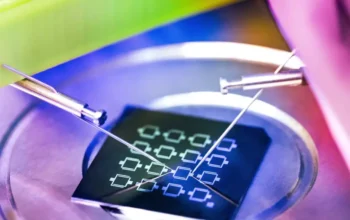On September 22, around midday, ESA’s Integral spacecraft went into emergency Safe Mode. One of the spacecraft’s three active ‘reaction wheels’ had turned off without warning and stopped spinning, causing a ripple effect that meant the satellite itself began to rotate.
As a result of the spacecraft turning, data were only reaching ground control patchily and the batteries were quickly discharging. With just a few hours of power left, it seemed possible that the 19-year-old mission could be lost.
The Integral Flight Control Team, together with Flight Dynamics and Ground Station Teams at ESA’s ESOC mission control, teams at ESAC and Airbus Defence & Space, set to work. With quick thinking and ingenious solutions, they found the problem and rescued the mission.
A Single Event Upset (SEU) occurs when a charged particle strikes a sensitive part of electrical equipment, causing a one-off ‘change of state’ that disrupts its functioning. These charged, ‘ionized’ particles often come from the Sun when it spews out matter and energy during solar flares or coronal mass ejections.
“I don’t think that the SEU on this occasion was caused by our local, occasionally grumpy star. This strike happened on a day when no relevant space weather activity was observed,” explains Juha-Pekka Luntama, ESA’s Head of Space Weather.
“Based on a discussion with our colleagues in the Flight Control Team, it looks like that the anomaly was triggered by charged particles trapped in the radiation belts around Earth.”
The Van Allen radiation belts are two doughnut-shaped regions encircling Earth, where energetic charged particles are trapped inside Earth’s magnetic field. Their properties vary according to solar activity and they represent a hazard to satellites and humans in space that pass through them. Because the lowest point of Integral’s orbit is now only 1500 km from Earth’s surface, the spacecraft passes through both radiation belts in its orbit.



